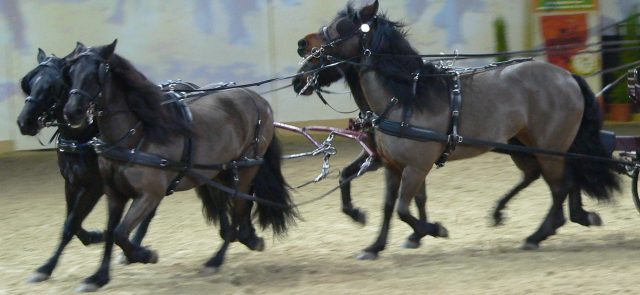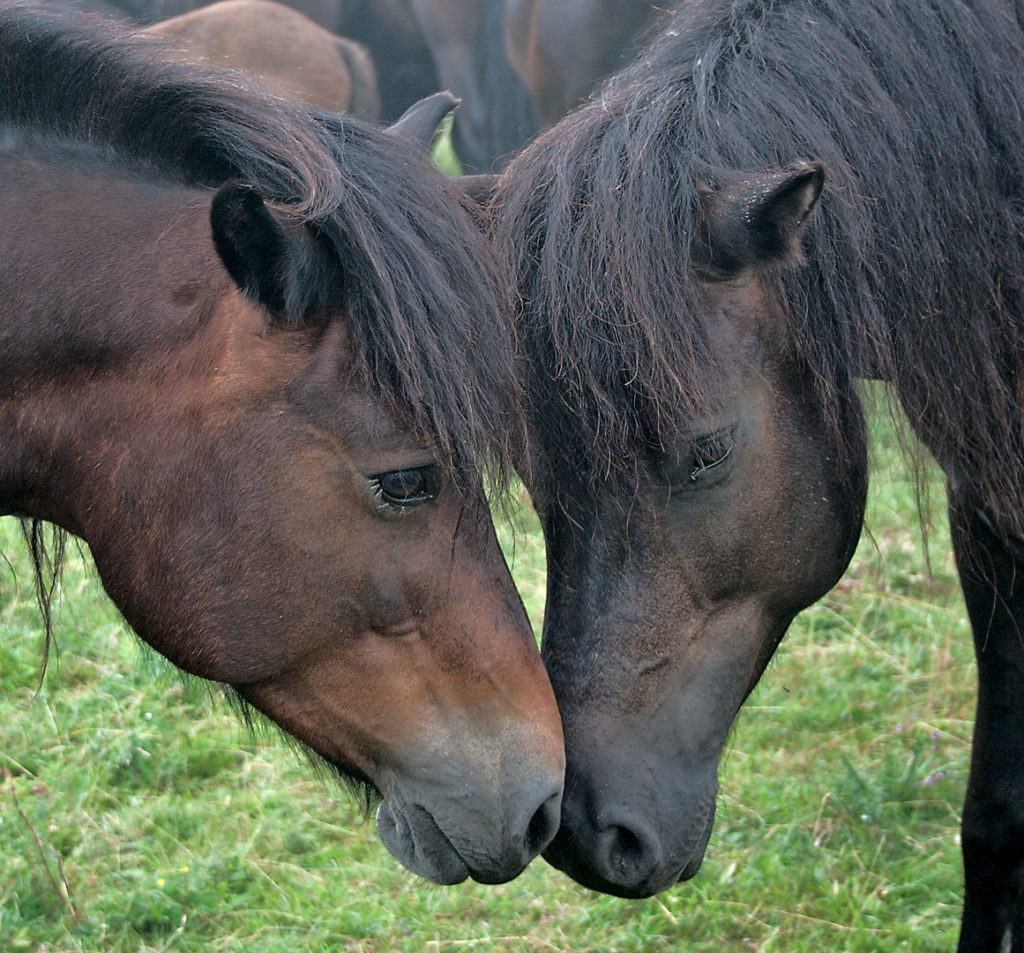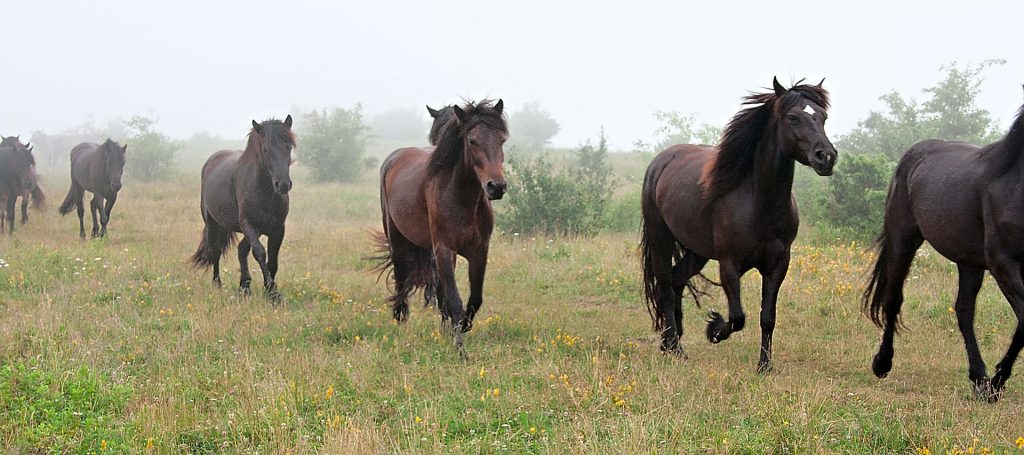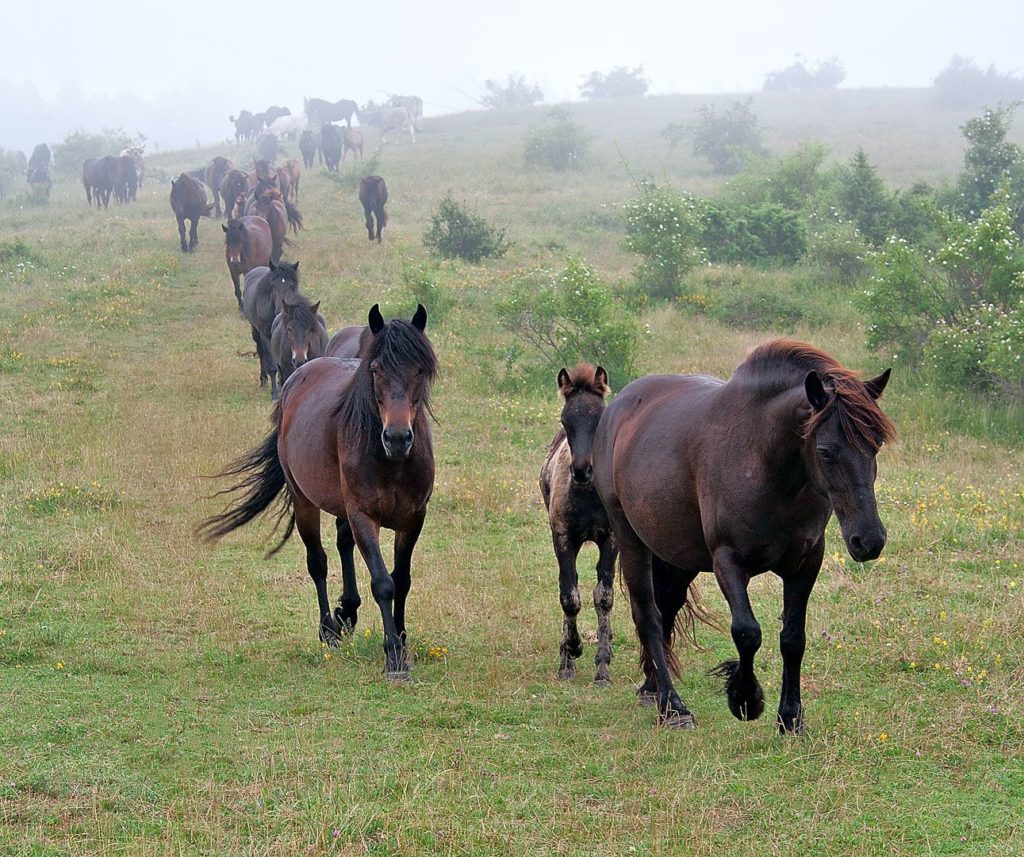The Bardigiano Horse appears to be a descendant of the horses used by Belgian Gauls during their Roman invasions of Italy. This looks to be the same ancestor from which the Haflinger descended. Over the decades, the Bardigiano has adapted to the harsh, mountainous environment of Italy’s Northern Apennines.
In addition to resembling the Haflinger, the breed also has traits in common with the English Exmoor and Dales ponies, as well as the Asturcon. Bardigiano mares were employed to produce first-class mules during World War I and World War II, resulting in a considerable reduction in the number of purebred Bardigianos.

After WWII, a diverse range of stallions from other breeds were introduced to rebuild the breed, which is today universally seen as a blunder. However, the breed began to degenerate and lose its distinguishing qualities as a result of this. As a result, a committee was founded in 1972, and the Bardigiano breed has been successfully reintroduced since then.
The Bardigiano is a tiny horse breed native to Italy’s Emilia Romagna area. It is named for the town of Bardi, which is located in the Parma Apennines, and is mostly linked with the surrounding area and the Valle del Ceno. The area’s hilly climate and steep, rugged terrain have helped to the development of a robust, resilient breed that is agile and sure-footed over challenging terrain.
In its native land, the Bardigiano is always thought of as a horse. The Associazione Provinciale Allevatori, Parma’s regional animal breeders’ organisation, maintains the studbook, which was founded in 1977. Breeders may be found in 26 Italian provinces, according to a recent study that looked at 3556 studbook entries for surviving horses. Because of its enormous population, the breed is not considered endangered, but it is classified as threatened.

Bardigiano Horse Body Structure
A tiny head with a straight or concave profile, low withers, straight back, deep girth, and overall muscular appearance are all physical traits of the breed. White facial marks with considerable lateral extension are not allowed, although limited rabicano and white markings on the legs and face are tolerated. The bay coat color is the only one that is recognized, and the dark bay is desirable. Light bays and chestnuts are not recognized. The Bardigiano’s height range is set at 140–149 cm for males and 135–147 cm for ladies. The weight ranges from 551-661 pounds (250-300 kg).

Bardigiano Horse Behavior
Bardigiano horses have a docile demeanor and are easy to work with. They make excellent children’s horses since they are quiet, sociable, and easy to handle. They keep a decent balance when riding.
Bardigiano Horse Diet
Grass, grain, and hay are all part of the Bardigiano horse’s diet, but a well-balanced diet will keep the horse looking well and prevent malnutrition.
Bardigiano Horse Uses
The Bardigiano is utilized for a variety of tasks, including farm work, competitive driving, and horseback riding. Pony trekking is another popular activity. The breed standard was changed in 1994 with the goal of improving the Bardigiano’s usefulness as a saddle horse while maintaining its character.
RECOMMENDED POSTS
- The Austrian Warmblood Horse Breed | 5 Comprehensive Facts and Information
- The Blazer Horse Breed Information | 2 Effective Uses, Body Structure and Feeding
- The Azteca Horse Breed Information, Origin, History, Pictures – The Best Ultimate Guide 2022
- What to Feed a Horse to Keep It Health | How to Feed your Horse – Petswealth
If you like, please share it. Sharing is usually caring

